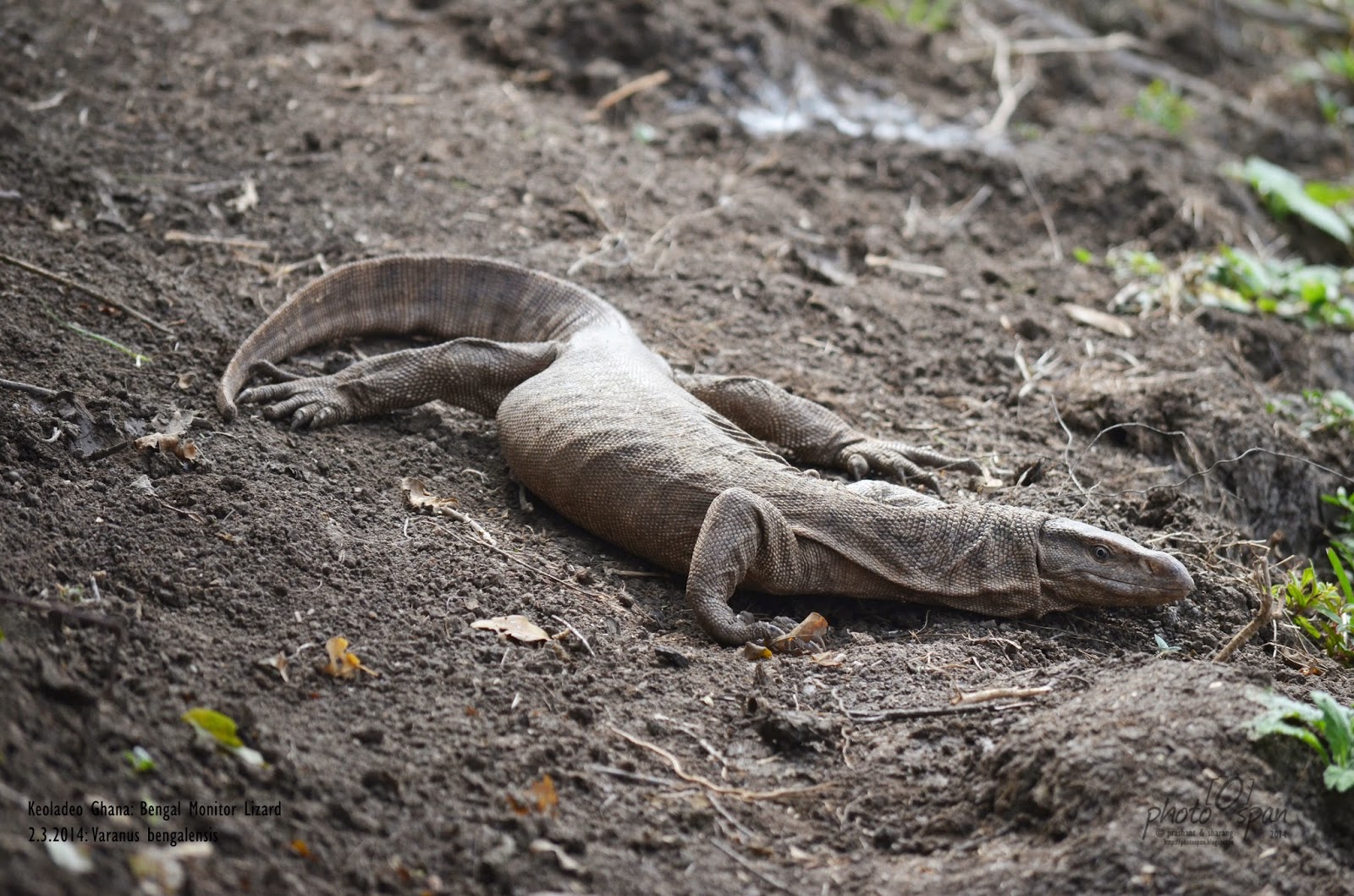The Bengal monitor lizard, also known as Varanus bengalensis, is one of the most captivating reptiles found in the Asian subcontinent. This species is notable for its remarkable adaptability and striking appearance, making it a subject of interest for herpetologists and wildlife enthusiasts alike. With its long, slender body and distinctive scale patterns, the Bengal monitor lizard showcases the beauty and diversity of reptilian life. As a member of the Varanidae family, this lizard exhibits behaviors and traits that are not only intriguing but also essential for its survival in various habitats. From tropical forests to arid landscapes, the Bengal monitor lizard has established itself as a versatile predator, adept at hunting and foraging for food.
In recent years, there has been an increasing interest in the ecological role of the Bengal monitor lizard, as well as its significance in local cultures. These lizards are not just fascinating creatures; they are also indicators of environmental health and biodiversity. Understanding their behavior, diet, and habitat preferences can provide insights into the greater ecological dynamics at play in their environments. Moreover, the Bengal monitor lizard has captured the attention of conservationists who are working to ensure its survival in the face of habitat loss and climate change.
As we delve deeper into the world of the Bengal monitor lizard, it becomes clear that this species is much more than just a reptile. With its complex social behaviors and unique adaptations, the Bengal monitor lizard is a testament to the wonders of evolution and the delicate balance of nature. Join us as we explore the many facets of this remarkable creature, from its physical characteristics to its behavior and conservation status.
What Are the Physical Characteristics of the Bengal Monitor Lizard?
The Bengal monitor lizard is easily recognizable due to its distinctive features. This species can grow up to 1.5 meters in length, with a long, slender body and a powerful tail that aids in balance and agility. Its skin is covered in small, smooth scales that can range in color from olive green to dark brown, often with lighter markings or patterns. These adaptations provide excellent camouflage in their natural habitats.
How Does the Bengal Monitor Lizard Adapt to Its Environment?
The Bengal monitor lizard is known for its remarkable adaptability, allowing it to thrive in various environments, including forests, grasslands, and even urban areas. This adaptability is evident in its diet, which consists of insects, small mammals, birds, and even carrion. The Bengal monitor lizard's keen sense of smell and sharp eyesight enable it to locate prey effectively, regardless of its surroundings.
What Is the Behavior of the Bengal Monitor Lizard?
Bengal monitor lizards are primarily solitary creatures, although they may be seen basking in groups in favorable weather conditions. They are diurnal hunters, meaning they are most active during the day. Their behavior includes climbing trees, swimming, and burrowing, showcasing their versatility as a species. Additionally, Bengal monitor lizards are known for their intelligence, which is evident in their problem-solving abilities and social interactions.
Where Can You Find the Bengal Monitor Lizard?
The Bengal monitor lizard is native to the Indian subcontinent, with a range that extends across India, Bangladesh, Nepal, and parts of Southeast Asia. These lizards prefer habitats that provide both shelter and access to food sources, such as forests, wetlands, and agricultural areas. Their adaptability has allowed them to thrive in human-altered landscapes, where they can often be spotted near water bodies.
What Is the Diet of the Bengal Monitor Lizard?
The diet of the Bengal monitor lizard is diverse and highly opportunistic. They are carnivorous reptiles, preying on various species, including:
- Insects
- Small mammals (like rodents)
- Birds and their eggs
- Frogs and other amphibians
- Fish
- Carrion
This varied diet allows them to thrive in different environments, as they are capable of hunting both terrestrial and aquatic prey.
What Are the Conservation Status and Threats to the Bengal Monitor Lizard?
While the Bengal monitor lizard is currently classified as a species of "Least Concern" by the IUCN, it still faces various threats that could impact its populations in the future. Habitat destruction due to urbanization, agriculture, and deforestation poses significant risks to their survival. Additionally, hunting for the pet trade and traditional medicine can further threaten their populations.
How Can We Help Protect the Bengal Monitor Lizard?
Conservation efforts are crucial to ensuring the survival of the Bengal monitor lizard and maintaining the biodiversity of their ecosystems. Some ways to help protect these fascinating creatures include:
- Supporting wildlife conservation organizations that work to preserve habitats and protect species.
- Advocating for sustainable land-use practices that minimize habitat destruction.
- Educating communities about the importance of biodiversity and the role of the Bengal monitor lizard in the ecosystem.
- Promoting responsible pet ownership and discouraging the illegal wildlife trade.
Conclusion: Why Is the Bengal Monitor Lizard Important to Our Ecosystem?
The Bengal monitor lizard plays a vital role in its ecosystem as both a predator and prey species. By regulating populations of insects and small mammals, it helps maintain ecological balance. Furthermore, the presence of the Bengal monitor lizard can indicate the health of its habitat, making it an important species for biodiversity assessments. Protecting this remarkable reptile ensures the preservation of the intricate web of life in which it exists, highlighting the need for continued conservation efforts.




